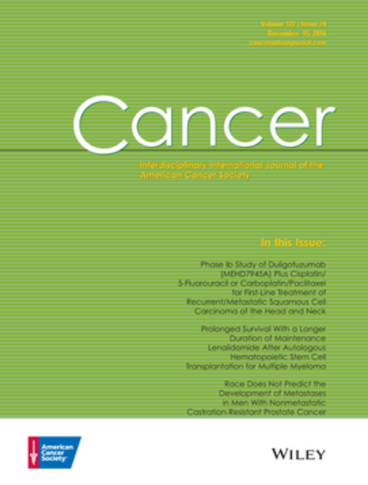Does regionalization of initial breast cancer care delay time to surgery?
Abstract
Background
By leveraging a natural experiment afforded by New York’s 2009 policy restricting Medicaid reimbursement for breast cancer surgery at low-volume hospitals, this study examined the effect of regionalization on time from breast cancer diagnosis to initial upfront surgery.
Methods
By using a linked data set merging New York Cancer Registry and New York facilities’ discharge data, women with stage I–III incident breast cancer during the pre- (2004–2008) and postpolicy (2010–2013) periods were identified. Multivariable difference-in-difference-in-differences models estimated the policy effect on the probability of experiencing delayed care (>60 days) between diagnosis and initial surgery.
Results
Among 71,135 women, 12% had Medicaid coverage. Women treated in postpolicy years (p < .001 relative to prepolicy) and Medicaid beneficiaries (p < .001 relative to non-Medicaid patients) were more likely to experience delayed care. Non-Medicaid beneficiaries had a 12.6% probability of delayed care postpolicy (compared to 8.8% prepolicy), whereas Medicaid beneficiaries had a 21% probability of delayed care postpolicy (compared to 14.5% prepolicy). Although these increases were not statistically different between the Medicaid and non-Medicaid groups as a whole, which indicates no overall policy effect, Medicaid beneficiaries in nonurban areas were more likely to experience delayed care after the policy implementation (p = .04).
Conclusions
Regionalization of breast cancer care in New York did not lead to a significant overall decrease in access to timely surgical care. Regionalization of care may be a promising approach to improving breast cancer outcomes. However, the potential impact on nonurban and other vulnerable populations must be carefully considered to prevent exacerbating disparities in access to care.

 求助内容:
求助内容: 应助结果提醒方式:
应助结果提醒方式:


